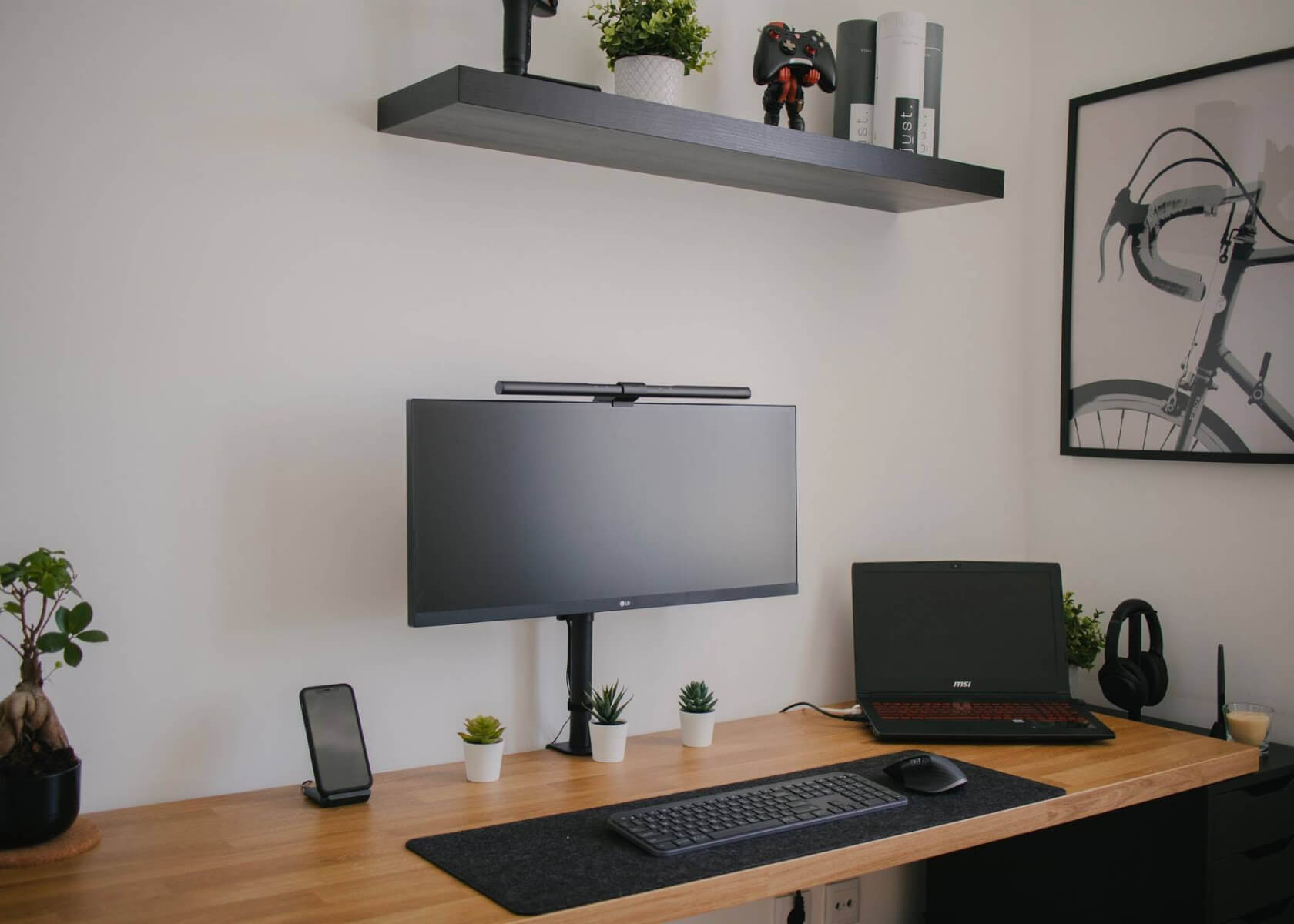Ultimate Guide: Designing a Wardrobe Planner Template in Notion for Cataloging and Managing Clothing Collection and Outfits

New to Notion?
How to Design a Wardrobe Planner Template in Notion
Managing a clothing collection, organizing outfits, and staying on top of seasonal wear and accessories can be a challenging task. However, with the power and flexibility of Notion, you can create a comprehensive wardrobe planner template to catalog, categorize, and manage your clothing collection efficiently. In this article, we'll walk you through the process of designing your own wardrobe planner template in Notion using current features and best practices.
Setting Up Your Wardrobe Planner Template
Begin by creating a new Notion page and naming it—perhaps "Wardrobe Organizer" or "Clothing Catalog." This page will serve as your central dashboard for managing your wardrobe. Notion now offers multiple database views such as Table, Gallery, Board, and Calendar, so choose the one that best suits your organization style. For a detailed list of items, the Table view remains a popular and effective choice.
Categorizing Your Wardrobe
The first step is to categorize your wardrobe to ensure you can easily navigate and locate specific items. Follow these steps:
- Create a new database on your wardrobe planner page by clicking the + icon and selecting Database.
- Choose Table as your view.
- Add relevant columns such as:
- Name
- Type
- Color
- Size
- Brand
- Season
These columns allow you to organize your clothing items based on their characteristics, making it easier to search and apply filters later.
Cataloging Your Clothing Collection
With your columns set up, it's time to catalog your clothing collection:
- Create a new row for each clothing item.
- Fill in the details like the item's name, type (e.g., shirt, pants, dress), color, size, brand, and the season it is suited for.
- Notion's intuitive drag-and-drop feature lets you easily insert images or use the Link to File option for visual references.
- Consider adding a Rating or Frequency of Use column if you want to track favorites or wardrobe rotation.
Managing Outfits and Looks
Enhance your wardrobe planner by creating an additional database to manage outfits and looks:
- Add another table to your planner page and name it Outfits or Looks.
- Include columns such as:
- Outfit Name
- Items/Components
- Occasion
- Date Worn
For the Items/Components column, use Notion's relation property to link specific clothing items from your main wardrobe database. This enables you to track which items make up each outfit without duplicating information.
Planning for Seasonal Wear
To further refine your wardrobe organization, set up separate pages or databases for seasonal wear. For instance, create pages titled Spring/Summer and Fall/Winter. In each seasonal page:
- Create a new database following the earlier steps.
- Catalog the clothing items specific to that season.
- Link these seasonal databases to your main wardrobe and outfit databases using relation properties, ensuring comprehensive access to all items when planning your looks.
Managing Accessories
Accessories such as belts, scarves, hats, and jewelry are essential. To manage these items efficiently:
- Create a dedicated table for accessories within your wardrobe planner.
- Include columns like:
- Accessory Name
- Type
- Color
- Brand
If you wish to plan accessory-based outfits separately, you can create an additional table and link the accessory entries to specific looks or outfits.
Staying Organized with Filters and Views
Notion provides robust filtering and view options to enhance your organization:
- Apply filters based on attributes like clothing type, color, season, or any custom property you've created.
- Experiment with different views (e.g., Gallery for visual item display, Calendar for tracking outfit dates, or Board for a Kanban-style overview) to find the best setup for your needs.
- Use sorting and grouping features to further streamline your workflow and quickly access specific data.
Conclusion
Designing a wardrobe planner template in Notion can simplify cataloging, categorizing, and managing your clothing collection, outfits, seasonal wear, and accessories. With careful organization and Notion's powerful database features, you can save time, stay organized, and plan your outfits with ease. Start creating your personalized wardrobe planner template in Notion today and enjoy the benefits of a well-organized wardrobe.
For a sample template and additional ideas, visit Notionry Templates and check out the detailed Wardrobe Planner guide.


